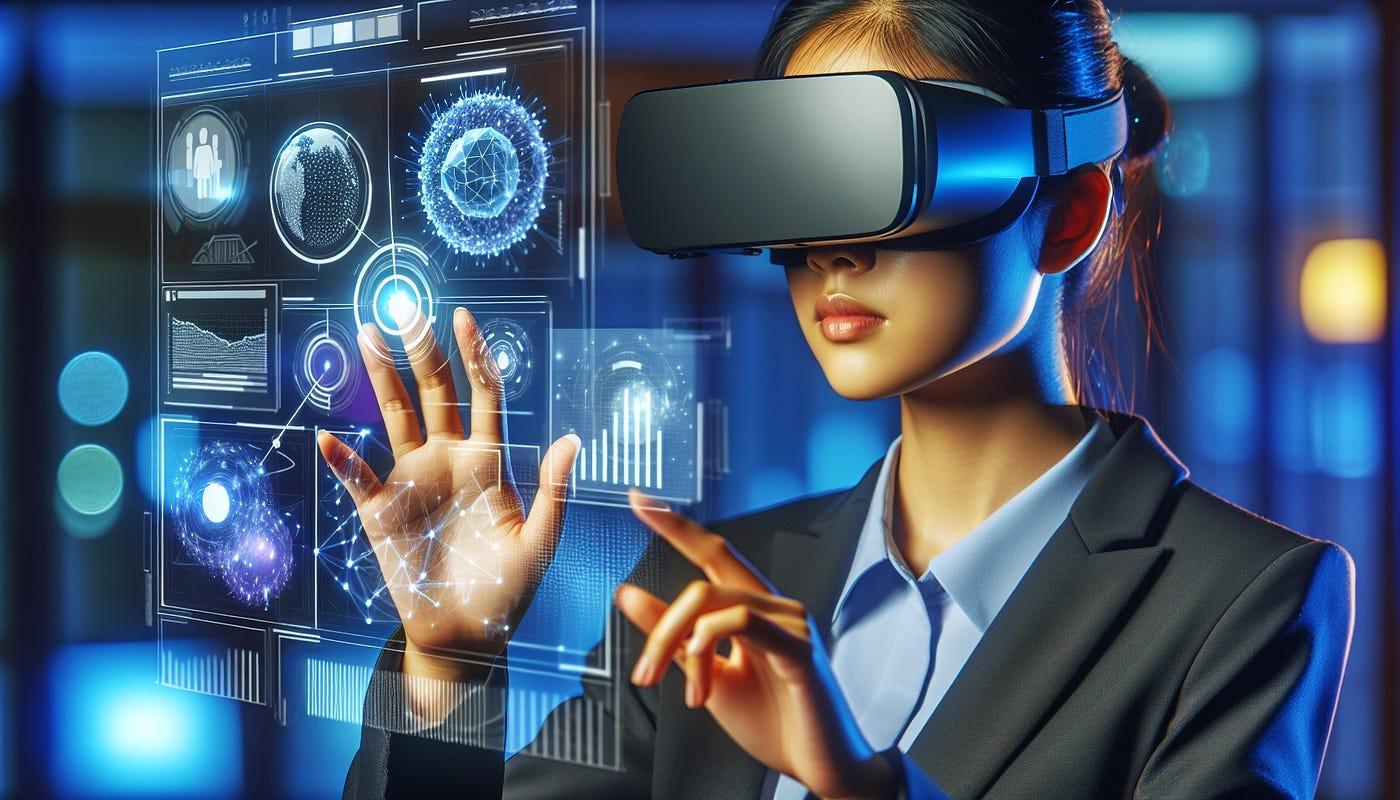Transforming Education: 7 inspiring Case Studies of Successful VR/AR Implementations in Schools
Virtual Reality (VR) and Augmented Reality (AR) are rapidly revolutionizing the educational landscape, making learning more immersive, engaging, and effective. By bringing abstract concepts to life and opening virtual doors to worlds previously inaccessible, VR and AR in schools are fostering deeper understanding, inclusivity, and creative exploration. This article delves into seven inspiring case studies of successful VR/AR implementations in schools across the globe, explores the transformative benefits of immersive learning technologies, and offers practical tips for educators looking to bring these exciting tools into their classrooms.
Benefits of VR/AR in Education
- Enhanced Engagement: Students participate actively in lessons, retaining knowledge more effectively.
- Improved Comprehension: Abstract or complex concepts become easier to grasp with 3D models and simulations.
- Safe, Controlled Exploration: VR allows students to experience dangerous or expensive field trips virtually, such as exploring volcanoes or deep-sea ecosystems.
- Personalized Learning: VR/AR apps can adapt to individual learning paces and styles.
- Inclusivity: Students with disabilities or different learning needs can access resources and experiences otherwise unavailable.
7 Inspiring Case Studies of VR/AR in Schools
Let’s explore seven real-world examples where VR and AR have made a measurable difference in the classroom.
1. Newton VR Lab – Franklin high School, New Jersey, USA
at Franklin High School, the introduction of a dedicated VR lab transformed science education. By using VR simulations, students participated in hands-on labs—even for experiments too costly, dangerous, or impractical in a traditional classroom. The VR modules covered physics, chemistry, and biology, enabling deeper conceptual understanding.
- Results: A 35% advancement in science test scores within one semester.
- Key takeaway: VR fosters engagement and retention in STEM subjects.
2. Seymour primary School’s AR Storytelling, UK
Teachers at Seymour Primary leveraged AR apps for creative storytelling. Students created their own AR-based stories, combining written narratives with 3D imagery and animations viewable through tablets.
- Results: Improved literacy skills and creative confidence.
- Key takeaway: AR boosts language arts and digital literacy competencies.
3. Virtual Field Trips in Rural India (EduTech Project)
in rural schools across Maharashtra, the EduTech Project introduced Google Expeditions VR kits. students could visit the Egyptian pyramids, NASA control rooms, or coral reefs—right from their classrooms.
- Results: Students reported higher interest in geography and science subjects.
- Key takeaway: VR bridges opportunity gaps, enabling access to global resources.
4. AR Anatomy lessons at Sydney Secondary College, Australia
With the help of AR apps, biology students explored interactive 3D models of the human body, manipulating organs and seeing body systems in action.
- Results: Increased scores on anatomy exams and higher student engagement.
- Key takeaway: AR makes complex content more visual and interactive.
5. History Comes Alive at Rosedale high,Canada
The school integrated VR reenactments of ancient events using platforms like Timelooper and 360-degree videos. Students could walk around ancient Rome or stand on the battlefields of World War I to experience history from a first-person perspective.
- Results: Increased empathy and deeper understanding of historical context.
- key takeaway: VR promotes active, immersive learning beyond textbooks.
6. Language Immersion at Tokyo International School, Japan
Using VR pen-pal programs and virtual exchange apps, students practiced English and other languages in simulated real-world environments, such as ordering food in a virtual Parisian café.
- Results: Noticeable improvements in speaking and listening confidence.
- Key takeaway: VR supports authentic language practice and global connections.
7. Inclusive Learning at Willowbrook School, USA
Willowbrook implemented VR modules designed for students with autism and learning disabilities. Tailored social interaction scenarios and sensory-pleasant spaces help students develop social and emotional skills in a low-stress environment.
- Results: Improved classroom integration and reduced anxiety for neurodiverse students.
- Key takeaway: VR can enhance accessibility for all learners.
Educator Insights: First-Hand VR/AR Classroom Experiences
“Watching my students dissect a virtual frog or visit Shakespeare’s Globe Theatre in VR isn’t just engaging—it’s transformational. The technology bridges the gap between theory and experience.”
— Laura P., Science Teacher, UK
“AR made my reluctant readers excited to create and share their own stories with classmates. The joy on their faces was priceless.”
— Rajiv S., Primary School Teacher, India
Practical Tips for Implementing VR/AR in Your School
- Start Small: Pilot simple VR/AR activities or field trips before a full-scale integration.
- Choose user-Friendly Tools: Platforms like Google Expeditions, Merge Cube, and CoSpaces Edu offer accessible VR/AR experiences for beginners.
- Seek Funding and Partnerships: Explore grants, parent associations, and local businesses for equipment support.
- Train Teachers: Provide professional progress and resource-sharing workshops to empower educators.
- Focus on Curriculum Integration: Align immersive technology with key learning outcomes and standards.
- ensure Accessibility: Select content and devices that cater to diverse learning needs and abilities.
Conclusion: Embracing the Future of Immersive Learning
The case studies featured demonstrate how innovative schools worldwide are harnessing the potential of VR and AR to enhance educational outcomes, boost student engagement, and open new horizons for learning. As technology becomes increasingly affordable and accessible, more schools can embark on their own immersive learning journeys. By sharing best practices and learning from successful implementations, educators can transform classrooms into dynamic, interactive environments where every student thrives.
Ready to start your school’s VR/AR journey? Begin by exploring available resources, building community support, and experimenting with pilot projects. The world of immersive education is waiting—let your students experience it!

